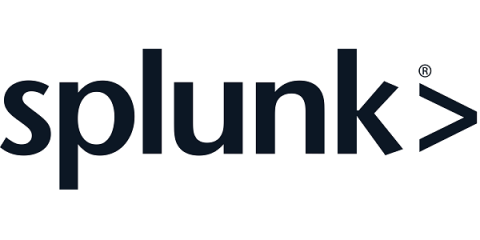Mitigating BootHole - 'There's a hole in the boot' - CVE-2020-10713 and related vulnerabilities
Today we released updates for a series of vulnerabilities termed ‘There’s a hole in the boot’ / BootHole in GRUB2 (GRand Unified Bootloader version 2) that could allow an attacker to subvert UEFI Secure Boot. The original vulnerability, CVE-2020-10713, which is a high priority vulnerability was alerted to Canonical in April 2020.










